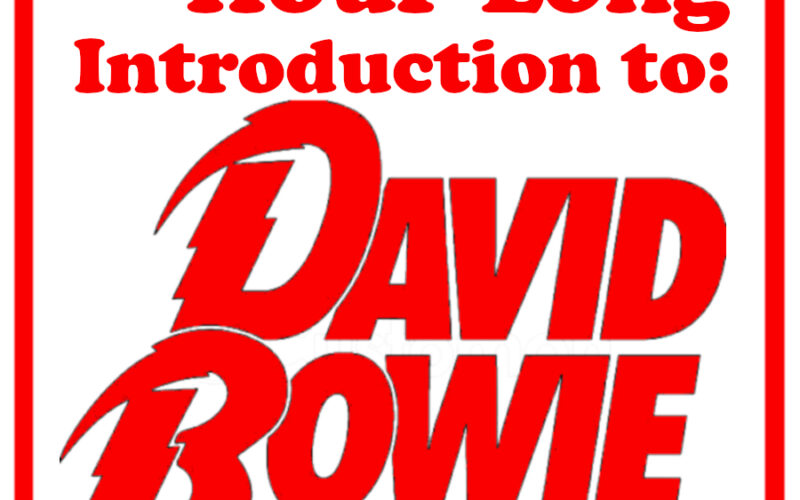Intro to David Bowie 9: LAZARUS
As Bowie’s year off from music stretched into ten, it began to look as though he had retired completely. He wasn’t a hermit, per se, but he was definitely out of the limelight. It was sometimes hard to remember that he was still alive. And in some ways it didn’t matter much to the public consciousness if he was. Bowie had been seen as figure from the past rather than a current mover-and-shaker for some time before he went on sabbatical.
And then one day, without any warning or pre-publicity, Bowie dropped a new record, The Next Day, with an extremely troll-y cover. And much to everyone’s surprise, since they all stopped listening sometime around the time he was hanging with Trent Reznor, it was really good. It continued the “all-phases-of-his-career-mashed-together” sound of Hours, Heathen, and Reality, only the songwriting was much better. No one was quite sure why Bowie went away in the first place, or why he was suddenly back now, but we were all glad to see him back and in tip-top form. No one thought of it as a farewell or anything, because there was no word that anything was wrong. He had just decided to take a long time between his last record and this one.
Then, three years later, Bowie dropped another new album, Blackstar. This one was far more dense and obscure and inscrutable. Three days after the album was released, Bowie made what could be seen as the ultimate publicity stunt, and passed away from cancer. As a result it was hard to see this album as anything but a summary of one’s life work. A brilliant endcap to a wonderful career. And while there is lots to enjoy about this album, it is very dark and hard to get into. For my money, The Next Day is a much better career-capper, but that album tends to get forgotten as the shock and grief of losing Bowie so abruptly (no one seemed to even know he was sick) magnified the power and resonance of Blackstar immensely. Much like You Want It Darker by Leonard Cohen or The Wind by Warren Zevon, this was seen as a deliberate final statement.
At the time of Bowie’s passing, he was also working on a musical called Lazarus starring Michael C. Hall. So when that finally came out, a couple of the last, last Bowie recordings were included on it, as well as an EP called No Plan. And unfortunately, that’s going to be it. They may dig out old, unreleased recording in the future, but there will be no more new Bowie to look forward to. That and Prince’s death shortly thereafter initially marked 2016 as one of the worst years in memory. Little did we know what we had in store for us.
